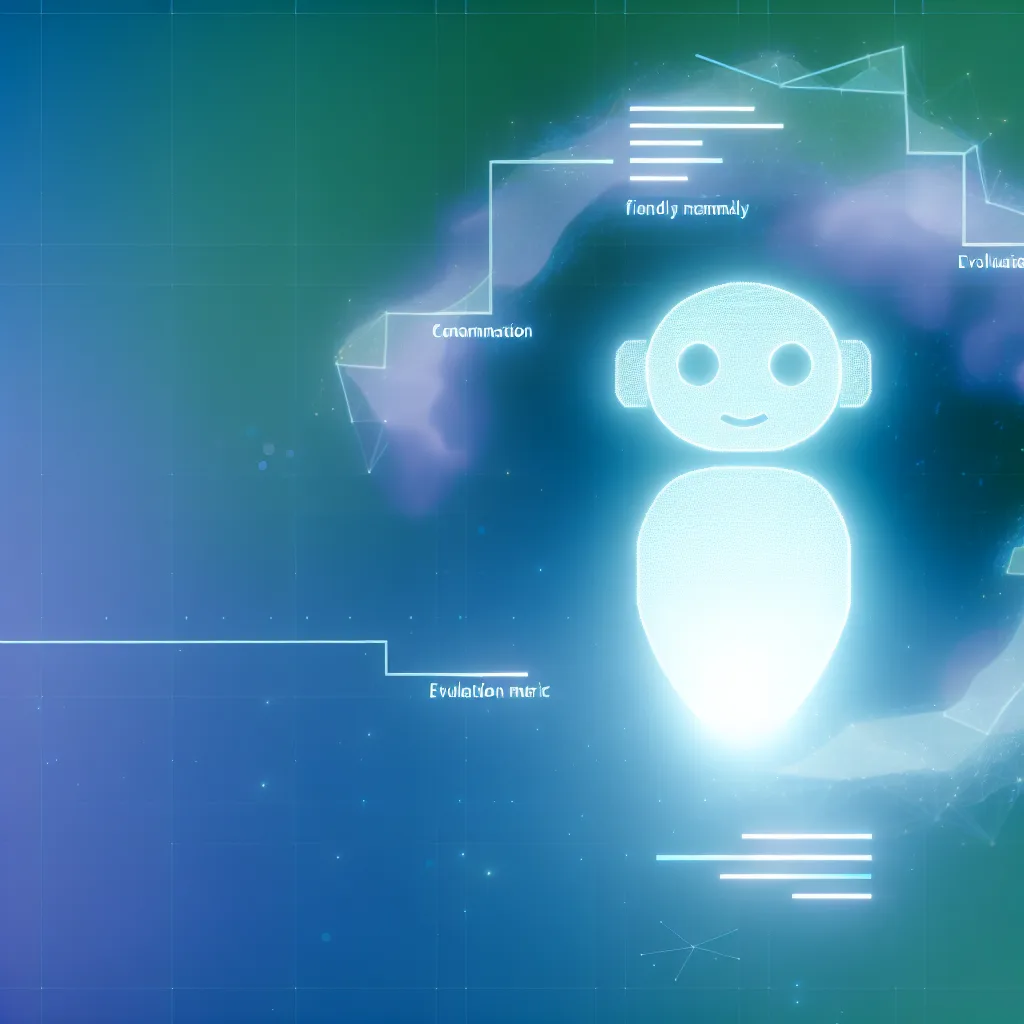Understanding failure and improvement in AI with observability and evaluation tools
Have you ever wondered what happens when AI agents make mistakes? It’s easy to get caught up in the excitement of creating these clever systems, but few folks talk about something crucial: observability and evaluation.
When we build AI agents, especially those powered by large language models (LLMs), it’s important to remember they’re probabilistic. That means they don’t always get things right — they sometimes fail. But here’s the thing: does that failure really matter in your specific use case? And how do you catch those missteps and improve on them?
Why Observability and Evaluation Are Essential
Observability is about seeing what’s really going on inside your AI agents – tracking their actions, responses, and any unexpected behavior. Evaluation is the process of judging how well your AI is performing, often against a set of criteria or goals. Together, these tools give you a clear picture of your AI’s strengths and weaknesses.
Without observability, you might feel in the dark when your agent makes odd errors or behaves unpredictably. And without evaluation, you won’t have a systematic way to measure if your AI is improving or where it still needs work.
How to Integrate Observability and Evaluation in Your AI Projects
Start by logging AI interactions in detail. Collect data about inputs, outputs, and execution paths. Visualization tools can help you spot patterns or anomalies more easily. For example, tools like OpenTelemetry provide observability frameworks that fit well with AI systems.
Next, establish clear benchmarks. Define what success looks like for your AI agents. Are they expected to provide accurate answers, complete tasks within certain time limits, or operate without human intervention? Set up regular performance reviews to compare actual results with your benchmarks.
The Benefits You Can Expect
Using observability and evaluation tools might seem like extra work, but the payoff is worth it. You’ll catch failures early, understand their impact, and get actionable insights to fix and improve your AI agents over time. This approach leads to more reliable, trustworthy AI applications.
Wrapping Up
So, if you’re working with AI agents or planning to, don’t skip observability and evaluation. They’re not just technical luxuries — they’re practical essentials to keep your AI working well and your users happy.
For more on observability, check out OpenTelemetry and for practical evaluation tips in AI, the Stanford AI Metrics offer useful guidance.
Remember, AI won’t be perfect, but with the right tools, we can make it a lot better.
